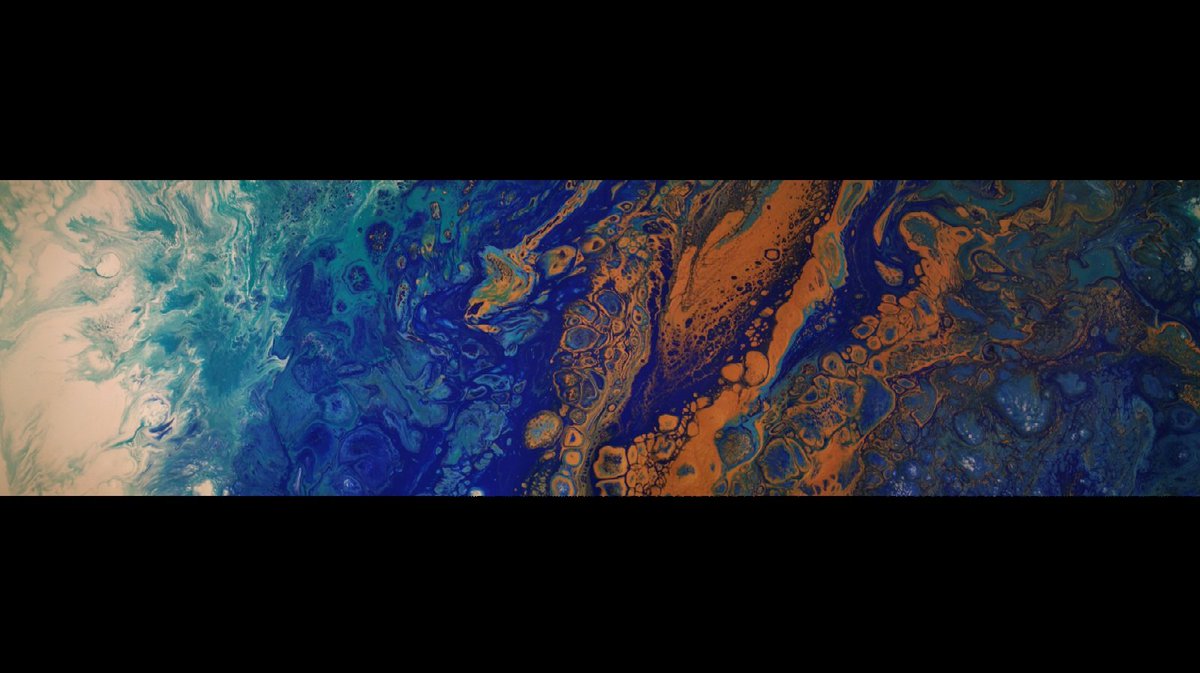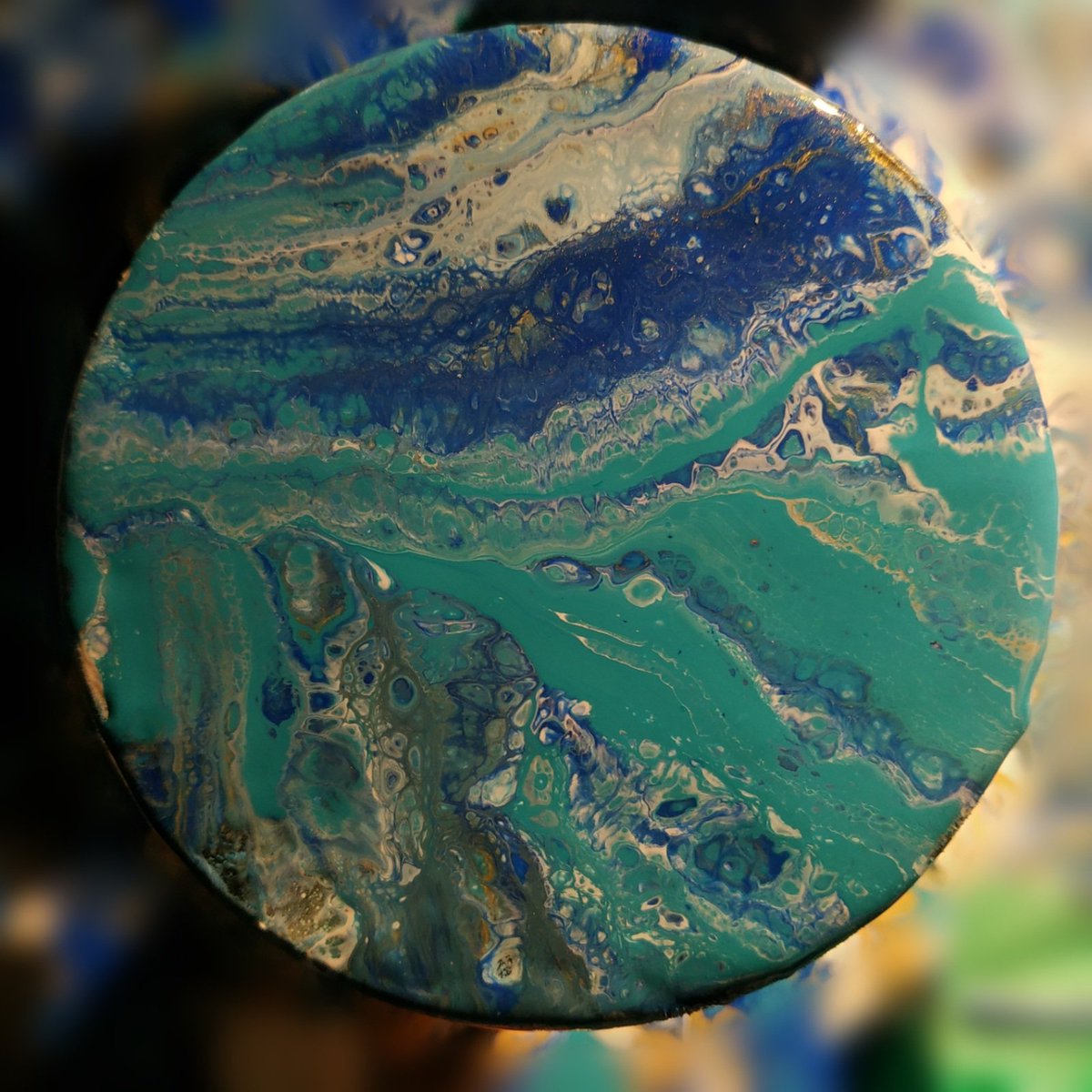
More from Fun
Gematria decode.... on the message below
There\u2019s a lotta pain coming my friend
— \U0001f339\u269c\ufe0f \u2694\ufe0f\U0001d4ae\U0001d4bd\U0001d452\U0001d4c0\U0001d4bd\U0001d4be\U0001d4c3\U0001d4b6\U0001d4bd \u2694\ufe0f \u269c\ufe0f \U0001f339 (@PetahJane) November 29, 2020
Ts 3:32 29.11.2920
33 22 9 11 22
33 22<911>22
\U0001f446 seen this pattern 3 times now
33 > Christ
22 > Balance
911 > Jesus birthday
22 > Balance
The message here: Christ will return and when he does, the balance lost is restored \U0001f64f\U0001f3fb\u2764\ufe0f











































